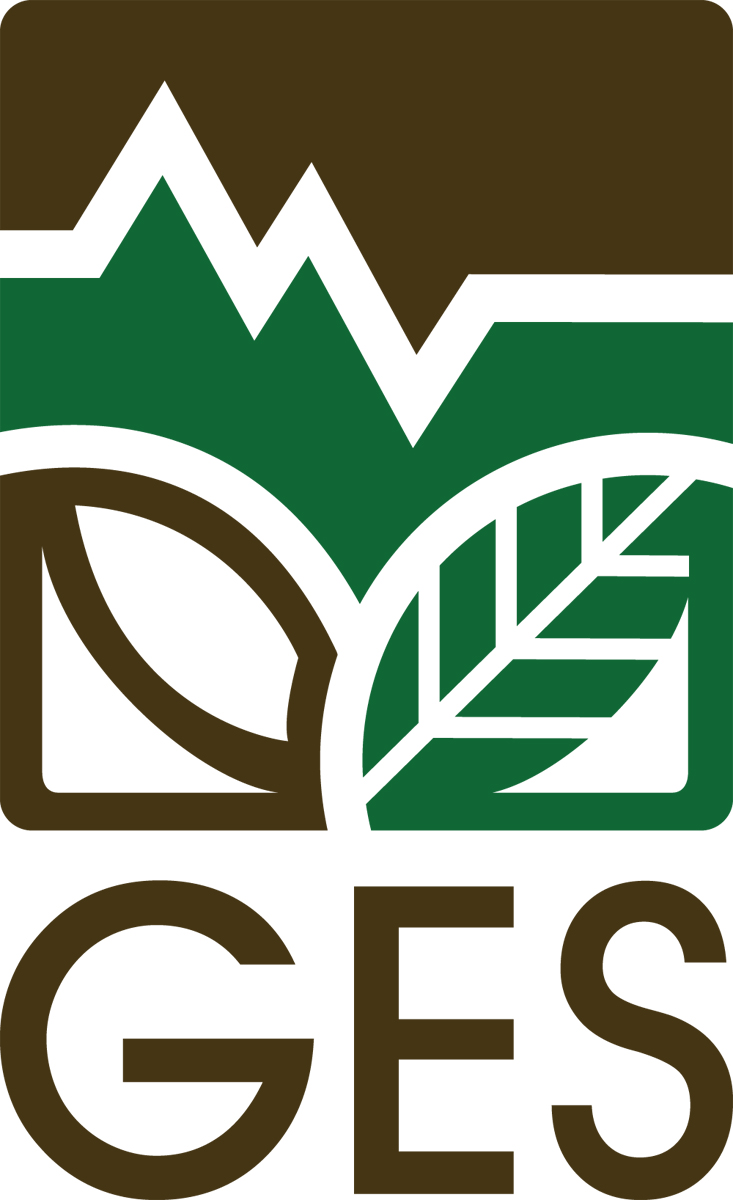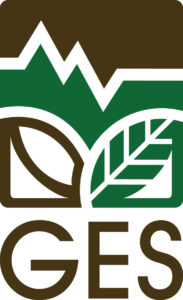When tens of thousands of visitors descend on the 4.6 million square foot Las Vegas Convention Center, it can take 45 minutes to walk across the property. Now it can be a mere two minute ride below ground.


COMPANY SCOPE
Two-dimensional shear wave velocity testing was performed generally along the entire 4,000-foot tunnel alignment. A 200 to 600-foot line was used with geophones spaced every 20 to 25 feet. The data was collected using ambient noise from the area. Pressuremeter testing (PMT) was performed during mud rotary drilling in borings B-3 and B-4. The purpose of PMT is to determine the modulus (stiffness) and material strength properties of the tested soils. Testing was performed at three intervals in two borings to a depth of 60 feet. In general, Eagle Drilling prepared a test pocket of 5-foot length using mud rotary techniques. GES, through Eagle Drilling, attempted to core cemented zones encountered during drilling. Seven core runs were attempted with mixed results.


